The Lap Part 2: A different world - on country in the Kimberley
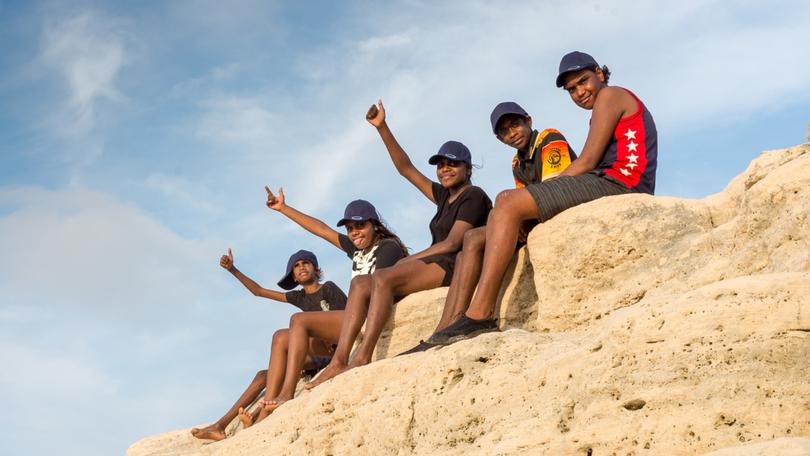
Driving west from Broome, a little vision flashes in the rear view of everything I am leaving back in town. All those backpackers and van lifers sunning in the Cable Beach carpark, palm trees and tourist resorts, camel rides beneath a postcard sunset, billboards with glistening Paspaley pearls around some gorgeous Broome girl’s neck.
I keep driving another 180km along the Great Northern Highway, until a sign indicates the Bidyadanga Aboriginal Community. It is Western Australia’s largest, with a population of up to 1000, maybe more, maybe less, depending on sorry business or funerals or football carnivals.
The 18km pindan-stained bitumen road in is something of a portal between two worlds. Black and white. It is, in this country, quite as simple as that. Behind me, the Australia I know and understand. Ahead, well, I’ve got no idea what to expect really. Not many Australians do.
It’s 2016, long before The Lap and the Troopy. It’s my first time venturing to Australia’s top end. I’m still a student, still learning and exploring what I never really knew existed beyond the confines of my safe, middle-class upbringing in Perth.
ROAM. Landing in your inbox weekly.
A digital-first travel magazine. Premium itineraries and adventures, practical information and exclusive offers for the discerning traveller.
By continuing you agree to our Terms and Privacy Policy.I sign in at the community office, stating my official business here as a kartiya, or whitefella. Driving along, packs of scrawny, wild dogs roam the dusty grid of streets. There’s Teacher Street, barbed wire fences segregating the staff quarters, which house roughly 20 teachers and coppers and nursing staff. On, past the community shop all stocked with cool drinks and lollies and chips for the kids, frozen kangaroo tail and canned goods and milk powder and billy tea for the adults.
I pull in through the gate of the Karajarri Indigenous ranger compound. Here, I will spend the next few weeks working with the mob and some of their various programs in this remote community.
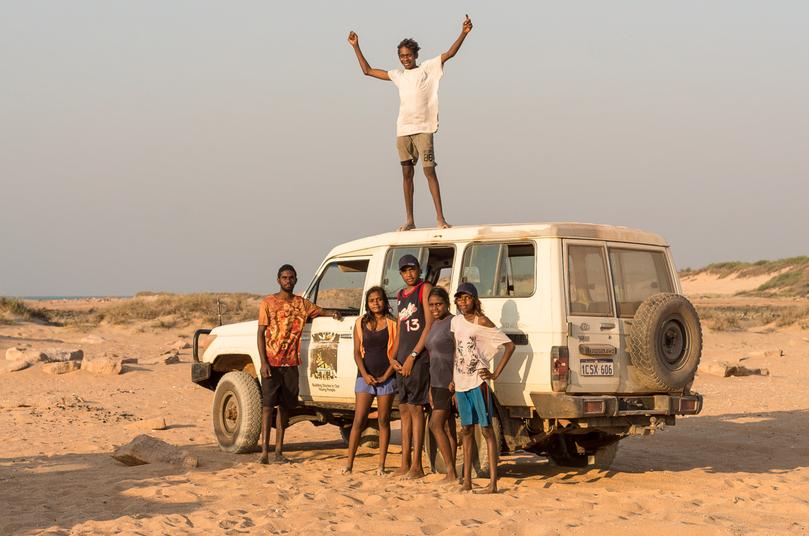
There is enough negativity out there in the press about Aboriginal people and the communities they live in. I will not add to it here. If you’re reading this you already know the news: the deaths in custody, exorbitant rates of youth suicide and crime and incarceration, FASD. There are many things that make me proud to be Australian, but the treatment of our Indigenous peoples makes me deeply, deeply ashamed.
I saw all that for the first time coming to Bidyadanga. I also saw beneath the sad façade that many other people fail to. I saw a people who have been robbed of who they are and where they come from, these things replaced with grog, sugar, tobacco, Centrelink payments thrust at the problem. I saw kids caught between two worlds: dislocated, disconnected from the old ways of their grandparents, isolated from other opportunities.
I also saw a different side to this place, one you won’t hear about too much on the news. I saw beautiful, happy things and smiling, tenacious people who will welcome you with open arms if you give them the consistency and time they have continually been denied. And beside them, behind all those barbed wire fences on Teacher Street, some of our true national heroes doing the great, uncelebrated work necessary to create a more beautiful, united Australia.
Or at least, one with a few more shades of grey.
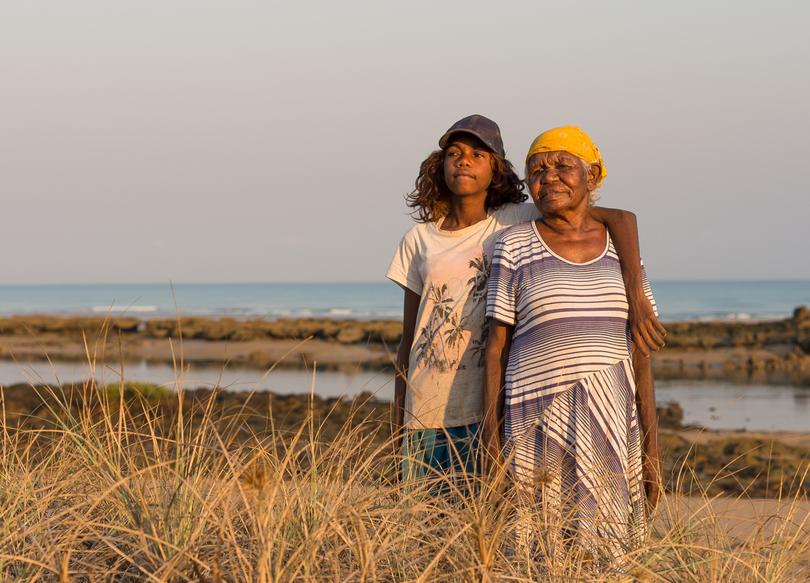
Benjamin Cavuoto edges the Troopcarrier forward, pushing his own track in through a dense thicket of ti-tree scrub. The Kimberley Land Council officer looks to Jess Bangu, the Karajarri female head ranger, sitting beside him in the passenger seat.
“Have you got a GPS?” he asks.
Jess laughs at him.
“GPS? GPS right up here,” she says, tapping herself on the temple. She knows this bush like the back of her hand.
We climb out of the car and Jess looks slowly over the scrub. To me it all looks the same, but her eyes settle on one particular tree.
“This one,” she says. “Right here.”
She takes a little hatchet from the back of the Troopy and starts scraping little pieces of bark into a sandwich bag. Later, back at the ranger base, she’ll label it and send it off with other samples to scientists down in Perth. It’s part of a biodiversity survey of 33,000 square kilometres of Indigenous Protected Area surrounding her community. She hopes this record of plants and bush medicines will preserve the knowledge needed to keep her people from getting sick and sorry.
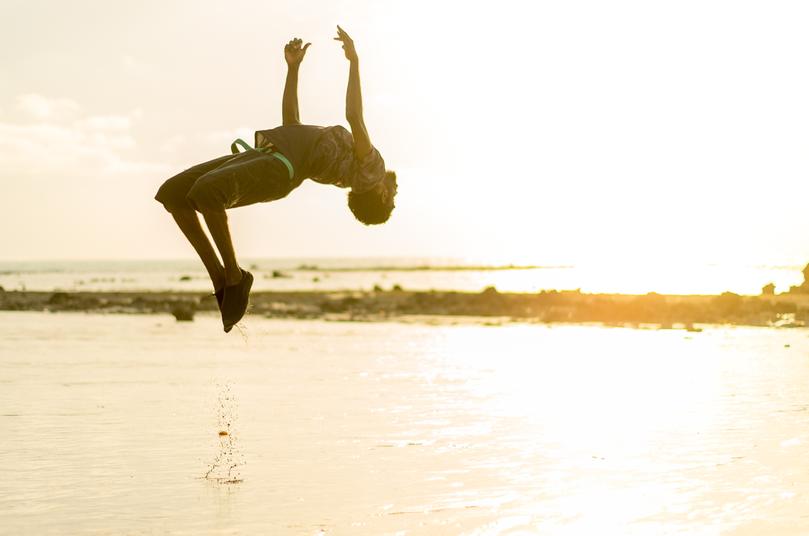
Jess works with her “old people” — the elders and traditional owners of this country — and the Kimberley Land Council to deliver a modern version of Indigenous land management. By incorporating traditional and scientific methods, she is able to fulfil her cultural responsibilities while being meaningfully employed. This is why the Aboriginal ranger program is widely regarded as one of the most successful Aboriginal-employment related policies, says Country Needs People CEO Paddy O’Leary.
“The ranger program is one of the most outstanding programs that has ever worked at the grassroots level right across Australia. There is an intrinsic motivation for Aboriginal people to engage in this kind of work. These models are world-leading models and create a working partnership between Indigenous peoples, government, and other agencies to deliver better environmental management at the scale we need it,” he says.
Before Jess began as a ranger in 2006, she felt afraid for her people. Some of the last ones to have lived a traditional life were dying out, and most kids weren’t interested in learning about the old ways anymore. She was scared her culture would disappear.
But now, through this ranger program, Jess is able to use western technology to help preserve her people’s culture. She has been recording the five different dialects spoken by her people and digitising them into a Karajarri dictionary, and she hopes that kids can one day learn their own language, alongside English, at school.
Jess has inspired some of those kids, like Sheen Kitty, who left Bidyadanga when he was 18 to take a plumbing apprenticeship in Melbourne. As an Aboriginal kid from the bush he struggled to adjust to life in the big smoke and quit after 18 months to return home. He wasn’t sure of the opportunities in store for him there, but now, through the ranger program, Sheen has been able to learn new skills without having to sever from what is important for him.
“Being able to stay on country and work, that’s a big bonus,” he says.
“This is my home. I’ve been making my family proud with all the good work I’ve been doing. They grew me up. Now I get the chance to give back and show my people the right way. That’s worth more than all the money in the world to me.”
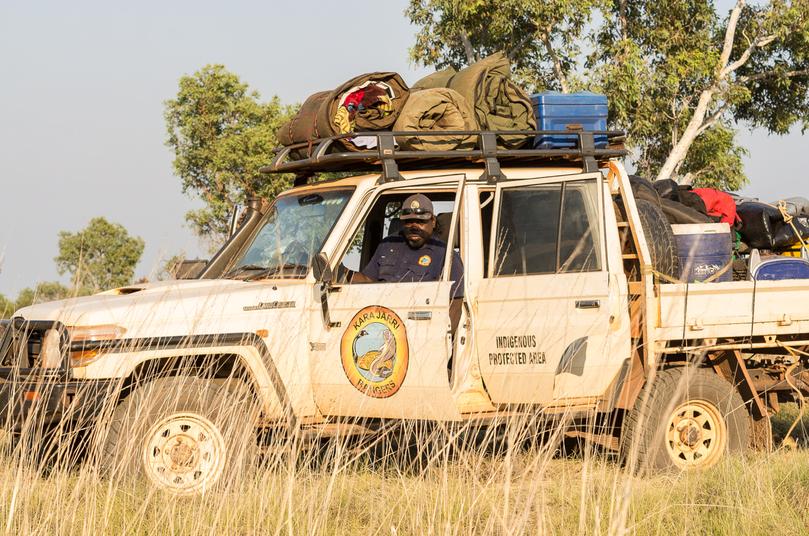
The rangers are role models in their community, and they also work with low-attendance students from the local school on cultural learning programs. Karajarri Indigenous Protected Area co-ordinator Sam Bayley says these mentorships have been highly effective in re-engaging students at school, but progress has been limited by resources.
“For these kids, of course, it’s important they’re formally schooled in the education system, but they also need to learn skills that are relevant to who they are and where they come from,” he says.
“A lot of the kids see the rangers taking pride in their work and realise that becoming a ranger is a really desirable option. But without a formal program in place, we don’t have the resources to be consistent in making a difference for these kids.”
A Learning on Country program has already been implemented in Arnhem Land, with proven practical outcomes. An independent report, commissioned by the prime minister’s office, found the program had improved attendance rates, engaged the wider community in schooling, and provided young people with a pathway from education to employment.
One of those programs running is the Yiriman Project. 10am on Monday morning, and Scotty Herring, the program co-ordinator, squints through the glare of his LandCruiser windscreen. Scotty has been working out here so long he’s even got an Aboriginal name; Wongi Noona, the one who talks too much. But it’s all silence in the front seat this morning because old Auntie Celia Bennett is leading the way.
“This house, this one right here,” Celia says. “My granddaughter should be in there. We’ll go wake ‘er up, eh.”
Scotty might be in uniform but Celia is the real boss of this program. Yiriman is community owned, run and managed on Aboriginal terms by elders like her. Today, she and Scotty are trying to rouse nine kids out of bed for the first day of a ‘Caring for Country’ program. For the next six weeks Celia and other elders will take low-attendance students on trips ‘out bush’ to learn about their country and culture.
“This is our community. If we’re going to build it up, it needs to come from us. Being out on country, it makes us feel alive. This is how we show our young people the way,” says Celia.
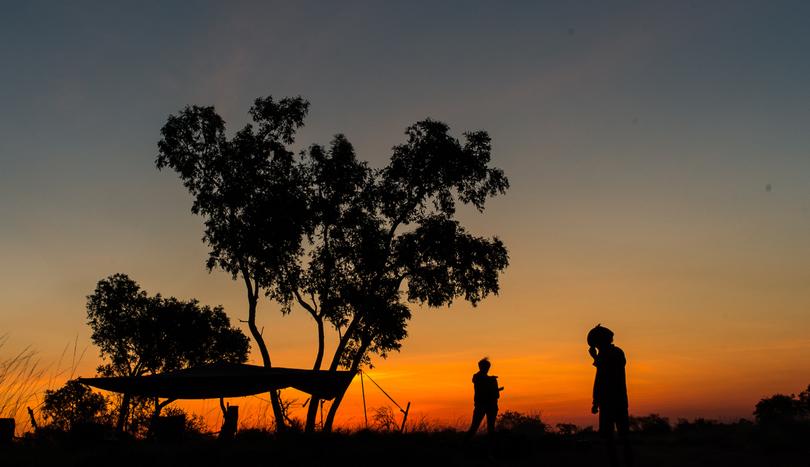
This morning, however, the program is off to a difficult start. Many of these kids were out roaming the streets all night searching for something to do, and today, the temperature is soaring to a maximum of 43C. They’re reluctant to leave their air-conditioned rooms.
Statistically, these kids are more likely to commit suicide than anyone else in the world. Studies show the rates of Aboriginal suicide across the Kimberley are six times the national rate, and nearly double the highest country rate of Guyana. In 15 years, 40 reports have been produced on Indigenous youth suicide in the region — including three major coronial inquiries — but of countless recommendations and proposed resolutions, few have had any lasting impact.
Yiriman is widely regarded as one of the most successful models in tackling the crisis. Most of the participants have been referred by concerned parents and grandparents, and each program is moulded by ongoing community direction. Celia — whose granddaughter is also a participant in the program — says Yiriman is one of the few practices that actually works.
“This keeps them out of trouble, taking them out camping, fishing. We teach them stories, so one day they can pass those stories on to their kids. It’s fun, and good for them. It’s good for me too. This makes me so proud.”
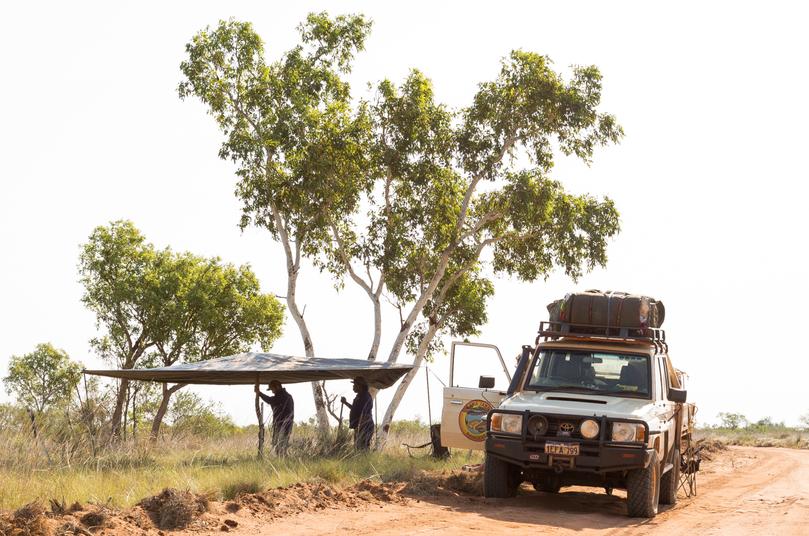
The Yiriman Project subsists on modest funding of around $350,000 per year, provided mostly by private donors and philanthropic organisations. The State Department of Corrective Services provides a small amount of funding, but despite recommendations by the State Coroner and Auditor-General, the WA Government’s long-term commitment to the project remains unclear.
Co-ordinator Scotty Herring says Yiriman is chronically underfunded, and in a constant struggle to survive.
“Some people struggle to believe what we’re doing is actually working,” he says.
“We really need the Government to have faith in what we’re doing and invest in Indigenous models of governance. This is cultural; the elders might speak different, sound different, and might not look like what you would expect, but this is serious business. The kids are doing real work, and this is where the elders teach. Yiriman is their bush school.”
Scotty is dismissive of bureaucratic intervention, and says past government policies have not been culturally relevant and ignored the underlying problems that have led to higher rates of drug and alcohol abuse, as well as suicide.
“It’s quite simple really. There is no good enforcing ideas from Canberra that have no relevance to what is needed in the community and on the ground. If you’re going to build the community up, it has to come from within the community,” he says.
“What we’re doing is about building resilience. A good analogy I like to use is that it’s like tempering steel. You take the kids out and build them up, little by little. Indigenous culture is one of the most resilient cultures — they’ve survived over a thousand generations — but on an individual level, there are not a lot of coping mechanisms, because of years of dispossession and disempowerment.
“This is about taking them back, and linking them back to that culture and that resilience. It’s about cultural solutions to contemporary problems.”
